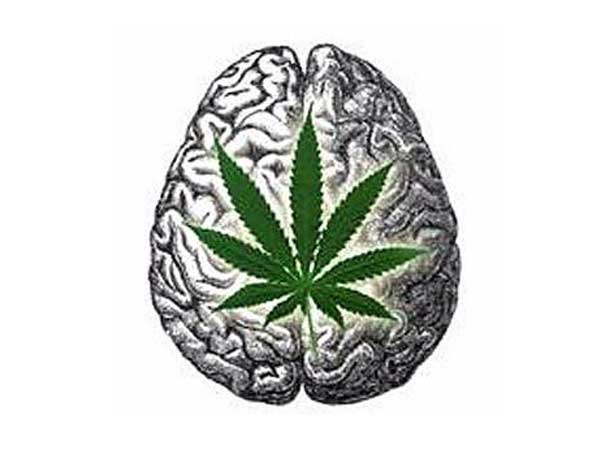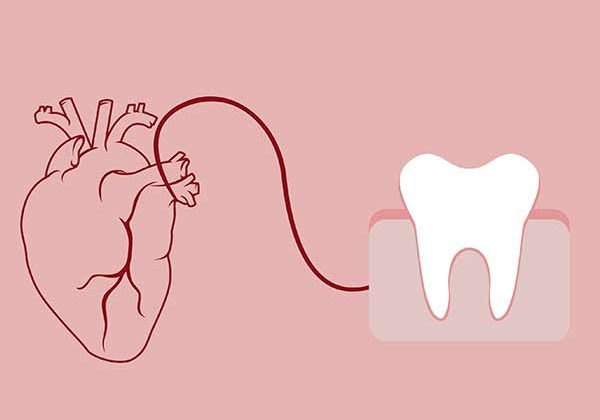Effects of cannabis use studied in new doctoral thesis
Cannabis use is associated with an increased risk of other illicit drug use as well as of anxiety and depression – at least among those who have used cannabis during the 2000s, according to a new doctoral thesis from Karolinska Institutet in Sweden.
The results also show that cannabis-related diagnoses have gradually increased, especially in young adults and more commonly in men with less education, lower incomes and other psychiatric diseases.
“More knowledge about the health effects of cannabis use is needed for well-informed decisions to be made by medical and public health professionals,” says Rynaz Rabiee, doctoral student at Karolinska Institutet’s Department of Global Public Health. “My results emphasize individuals with complex care needs and stress the significance of co-morbidity in psychiatric care.”
Over 200 million people around the world use cannabis, a psychoactive substance that affects brain function, human behaviour and consciousness. However, current knowledge about its use in relation to mental health is inconclusive. Of particular interest is the impact of cannabis use on mental health, where some associations – such as the one with psychotic disorders – are well-established, while others require more research.
In her thesis, Rynaz Rabiee has studied the link between the use of cannabis and other illicit drugs and subsequent drug use disorders among more than 9,700 adults over a period of 16 years. The results show that cannabis use was not an independent risk factor for drug use disorders.
“The association between cannabis use and subsequent drug use disorders rather seems to be explained by other drug use,” she says. “Cannabis use was linked to an increased risk of other drug use at the three-year follow-up.”
The risk of other drug use was highest among those who had used cannabis in the past year; almost ten times higher than among those who never used drugs.
She also examined the connection between cannabis use and anxiety and depression over time among 1,100 women born between 1955 and 1993.
“Since cannabis has increased in potency over the past 20 years, we wanted to see if the association was stronger among the women who had used cannabis during this time,” she explains. “We saw that the youngest women who had used cannabis had over two times higher risk of being diagnosed with depression than those who did not use cannabis. This association was more pronounced when we added the effect of when these women used cannabis.”
Rabiee also looked more closely at individuals who had received a cannabis-related diagnosis in Sweden using data from the National Patient Register for over 3.3 million people born between 1970 and 2000.
The results show that cannabis-related diagnoses have gradually risen in Sweden and that younger people are driving the increase. In 2006, six per 100 000 among those born 1990-1994 had such a diagnosis, compared to 61 per 100 000 in 2016. An increase was seen also among those born 1995-2000; from nine per 100 000 in 2010 to 107 per 100 000 in 2016.
People receiving such a diagnosis were more often men from younger age groups and with a lower level of education and income than those without a diagnosis. A majority also had an additional psychiatric diagnosis.
The thesis also covered factors that could influence the risk of readmission to cannabis-related care.
“We noted that over one fifth of the patients returned to cannabis-related care during the 15-year follow-up period, and that people with low education, psychotic disorders, mood-related disorders, or personality disorders had the highest risk of readmission. Younger individuals, those between 18 and 35, also had a higher risk.”
Rynaz Rabiee’s principal supervisor is Anna-Karin Danielsson, docent at the Department of Global Public Health.
Doctoral thesis: “Cannabis use: understanding other illicit drug use, drug-related morbidity and dependence”, Rynaz Rabiee, Karolinska Institutet, 2022, ISBN: 978-91-8016 -592-1




